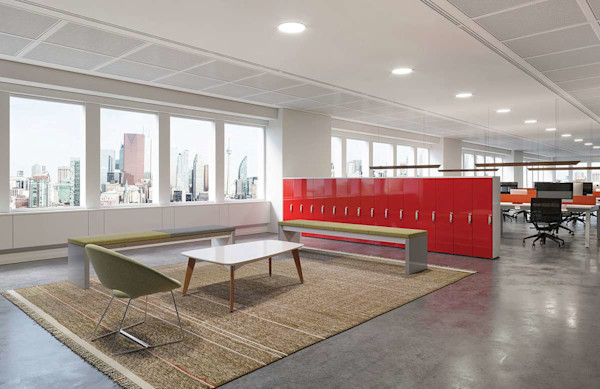4 Office Furniture Must Haves in a Minimalist Office
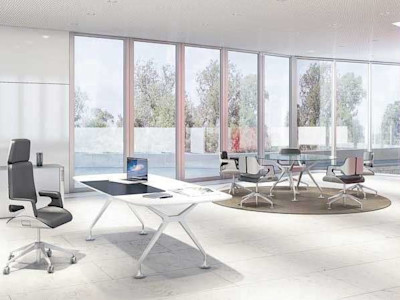
The goal of a minimalist office is to eliminate distractions. Elaborate breakrooms, recreation areas, and common spaces might be a good reprieve for employees but they have the potential to create productivity issues. A minimalist approach to the workplace provides a company with functional office furniture while maintaining a clean and sleek aesthetic. A minimalist office can help improve concentration and creativity and save time. With less to focus on it’s easier to focus on the tasks at hand. A clean and well-designed workspace can help with creativity by freeing employees of distractions. One of the biggest benefits of a minimalist office design is how it can help save time. In a minimalist office, there is less to occupy yourself with. This means fewer gadgets, less stuff gets in your way, and less time is spent trying to learn or use new things. Ultimately, an employee needs a desk, a chair, and the necessary tools to do their job.
What is a Minimalist Office Design?
The minimalist approach to interior design has been around for a long time but it has now made its way into the workplace. Minimalism is synonymous with simplicity. A minimalist office has clean sleek lines and is free of clutter and distractions. A workspace with limited distractions sounds great. It isn’t always the easiest to find the balance between what is needed and how the space is used. A desk in the middle of the room might look minimalist but it probably isn’t the most functional. That’s why it’s important to make the right decision when designing a minimalist office. But what are the necessary pieces of furniture that can help you maximize functionality and promote productivity?
The Minimalist Desk
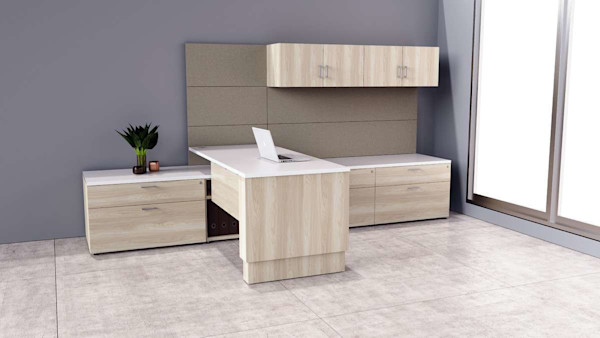
Desk Clusters
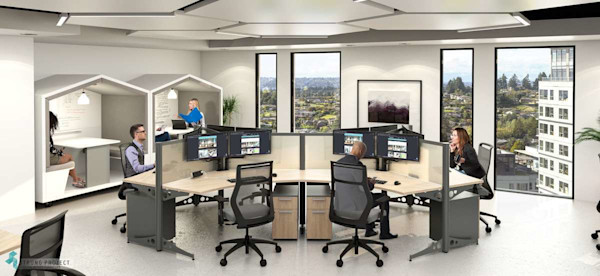
Furniture that matches the aesthetic of the office creates the perfect balance between comfort and functionality.
If the scope of work requires collaboration amongst employees it is important to provide an open space for them to work in. A desk cluster with minimal partitioning can let employees work together while still providing an individual workspace. In a collaborative environment, keeping employees in close proximity to each other can help encourage communication and creativity. A desk cluster can sometimes create distractions among employees because they are so close. This is why it is important to make sure this solution is suited to the scope of work.
Seating Solutions for the Minimalist
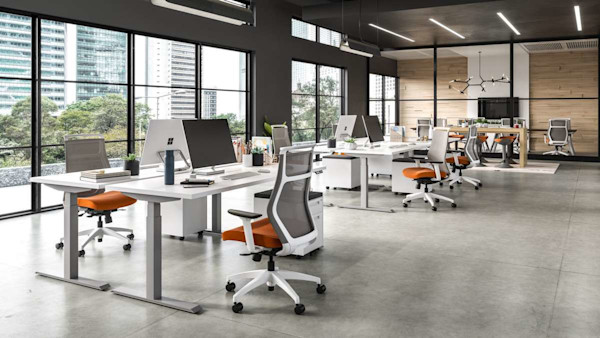
A Minimalist Partition
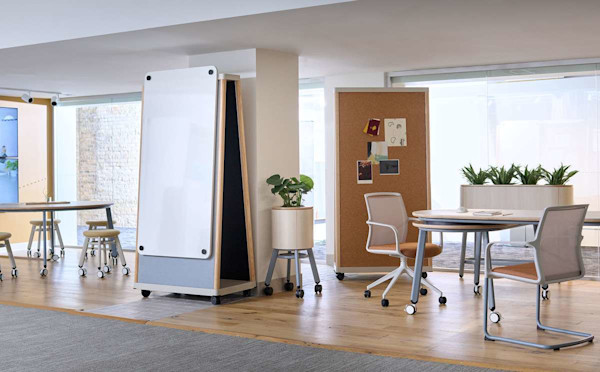
Simplicity and functionality are at the core of minimalist office design.
While the primary use of a partition is to create private or separate areas in a larger space, a partition can also serve many other purposes. Many partitions have a writing surface such as a dry-erase board to add additional workspace. They might also be canvas or cork-lined so they can function as places to hang things. This would be very beneficial for collaboration. These different surfaces can be used to pitch ideas, give presentations, or for brainstorming sessions. When the partition is not being used it can be stored flat against a wall. Partitions can also be used to manage acoustics. Some partitions are lined with specialized foam to absorb and dampen noises. The acoustic partitions can be used as needed or as a permanent fixture in the office. The ability to manage acoustics is especially beneficial in an open office setting. Partitions serve many purposes and provide the flexibility for movement out of the way or out of sight. Along with separating and creating private areas, a partition can add extra functionality throughout the office.
A Minimalist Office for a Hybrid Team
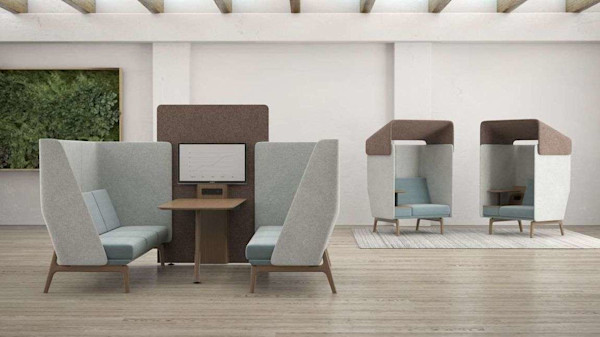
Is a Minimalist Office for You?
